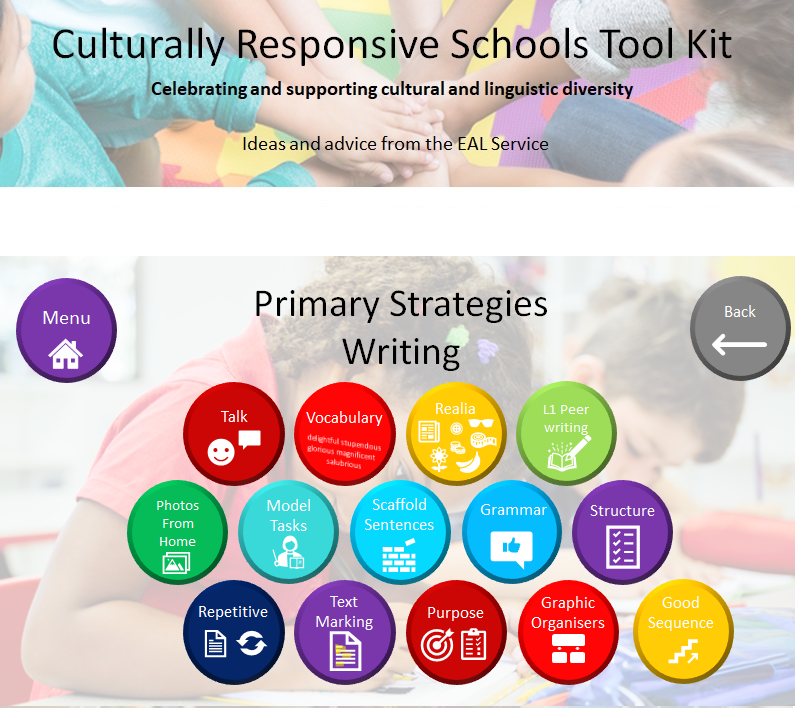
Talk

Use talk prior to writing
Can the children say what they want to write? That should always be the first step. Use activities to provide spoken models of what the children will be writing. This could include:
· Teacher/peer modelling of what they might write, perhaps starting with an example written by an author.
· Group/paired work initially helps EAL pupil make connections and copy expected conventions. (Peer modelling). Think Pair Share, placing the child with a child who will be a good model of English.
Realia

Use realia (objects from real life), concept cartoons, mind maps/concept maps (to visualise). This could extend to images, audio and video. It is so much easier to grasp a concept when all of the senses are used.
L1 Peer Writing
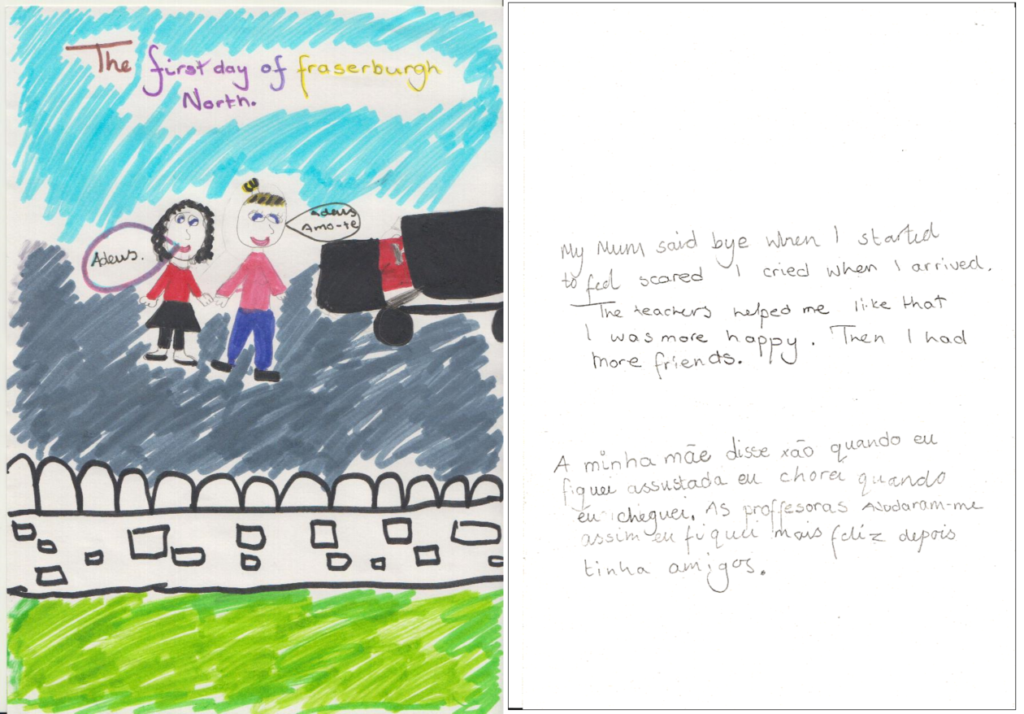
Pupils could work on their own or with an L1 buddy and/or a good model of English to produce a text e.g. poem or story book in first language and English.
Photos From Home

Encourage children to bring photos of activities from home. This can support writing about the holidays.
Model Tasks

Demonstrate what you are looking for (spoken and written) to give models of what you are expecting. Provide/display samples for children to refer to. This may include a frame to provide the target structure.
Scaffold Sentences

Scaffold sentences for activities that can use repetitive structures. Character descriptions, setting descriptions, some stories (e.g. three little pigs) lend themselves to this format. Write several sentences, leaving more gaps each time so that the children can insert words in the appropriate place, referring to the earlier model. Using illustrated dictionaries/glossaries the children can be supported to write independently.
Structure

Supporting structure of writing
The following strategies can support children in structuring their writing.
Cloze passages
To begin with children may be focusing on meaning at single word level. Using cloze/gap fill sentences will allow them to show their understanding of concepts. (The man had ____ hair). As understanding develops, more words could be omitted from the sentence.
Sequencing tasks
Asking children to sequence objects can help them to express their understanding and will help them to build understanding of how to structure writing. They may wish to copy the sentences when they have sequenced them, or to stick the words down and perhaps write the sentence in first language alongside. Activities could include:
· sequencing pictures to show understanding (pictures could have words alongside).
· sequencing words to form a sentence.
· matching halves of sentences that have been cut up.
· sequencing sentences to form a story.
Substitution tables
Substitution tables are a great way of helping scaffold sentence structure for bilingual learners who are still acquiring the language and skills needed to form sentences:
The following link has more information on how you could use substitution tables in primary or secondary:
What is a substitution table and how can they be used to support EAL learners? - EAL Hub
Repetitive
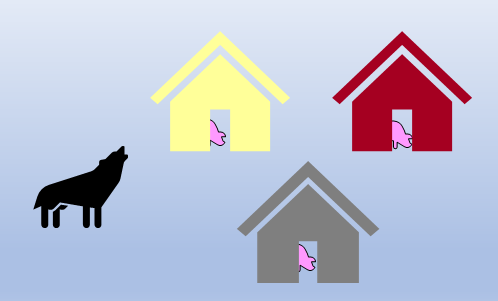
Stories with a repetitive structure such as ‘The Three Little Pigs’ are helpful – The children can use the first part (built a house of straw etc.) to support more independent writing of the second and third parts (built a house of sticks, built a house of bricks etc.) This can be supported by a visual glossary of key words (straw, sticks, bricks, wolf, pig etc.)
Text Marking
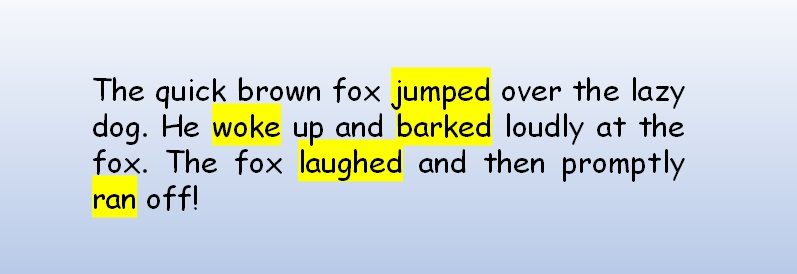
Ask the child to circle or highlight key words in topic texts or character descriptions.
Purpose
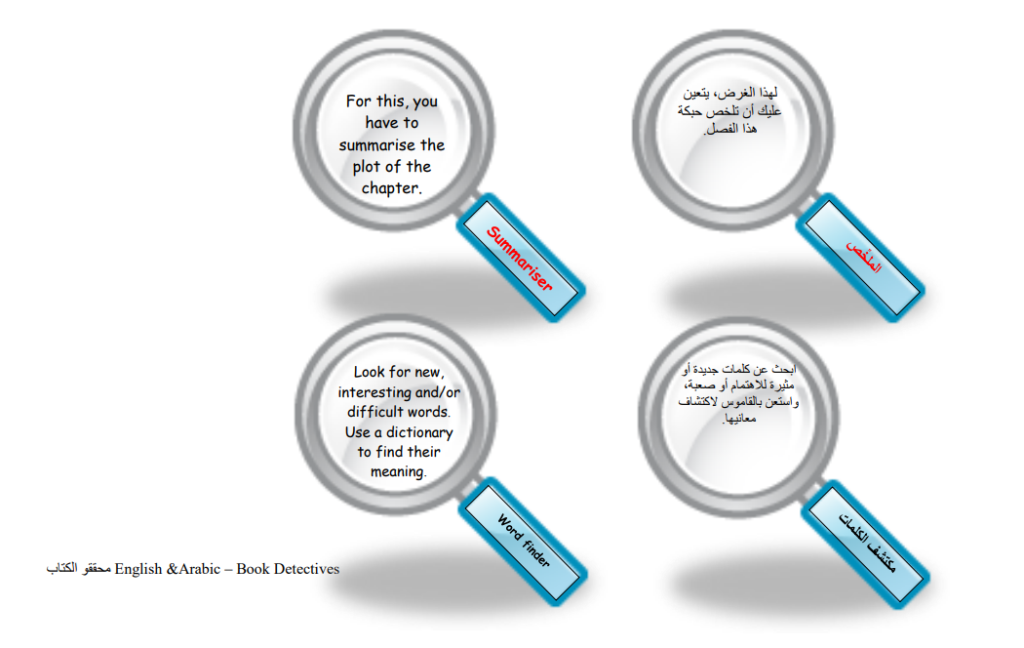
Use reading comprehension tasks to support writing – Adapt Book Detectives – *Translated explanations of the different tasks are available in some languages.
a) Summariser - What is the story about?
- Give selected pages or paragraphs a title
b) Illustrator – Draw and label a picture.
c) Question Master – Start with one word answers or cloze activities.
Graphic Organisers
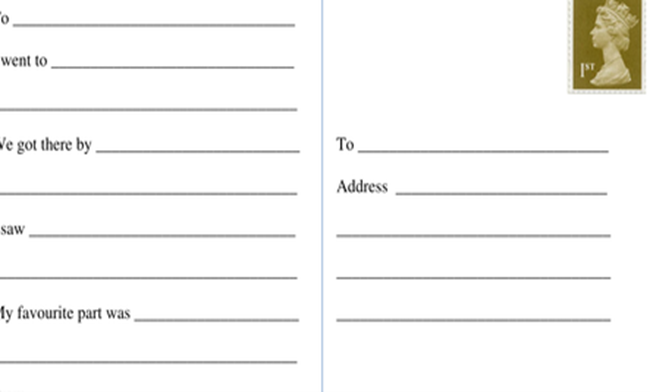
Writing frames/Graphic organisers are available from many sources and help children to visualise how to structure their work. These can include sentence starters, structure for writing (e.g. letter, postcard, instructions etc.)
Good Sequence
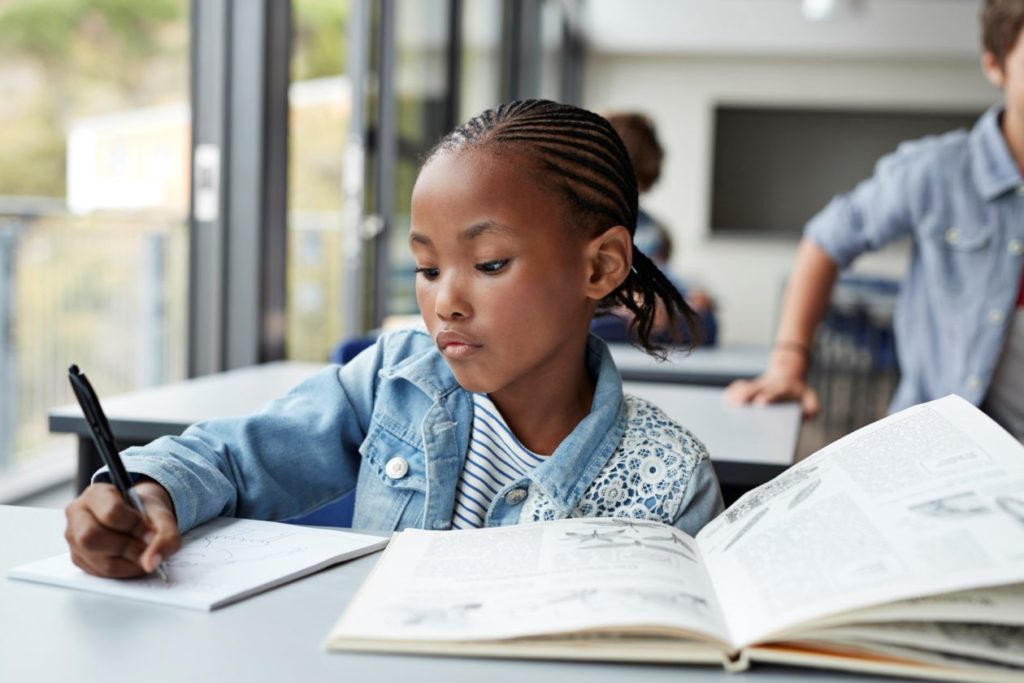
Try using this sequence:
Talk with peers -> practise words and sentences -> write together -> write independently -> review (Separate sessions, later doing all in one session as children advance in use of English).
